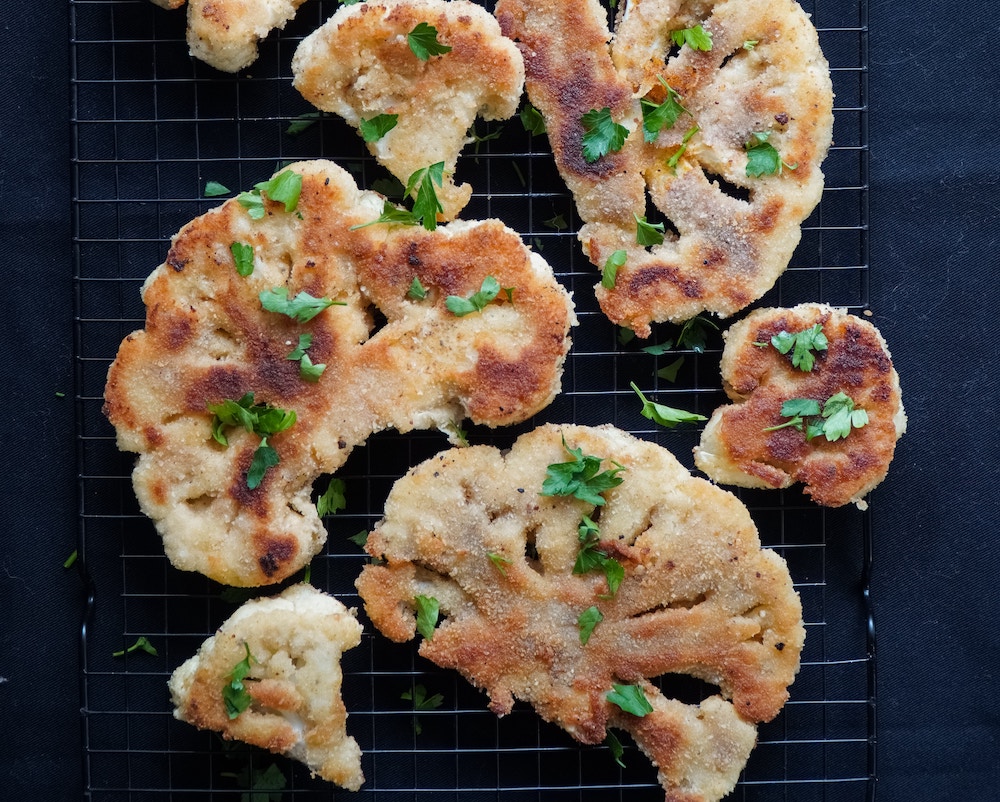I’ve been cooking my whole life. It’s something that always made me feel in touch with my creative side, my heritage, and my body. When I was 18, I became certified in culinary art. I didn’t know what I’d do with it. I just wanted to educate myself on the field, and learn new skills in the kitchen. Since then, I’ve fallen even more in love with food. It’s a way to connect with the land and explore your palate. It’s joyful, bonding, and nourishing. It’s why I took a job as a chef at a slow food, farm-to-table restaurant last month.
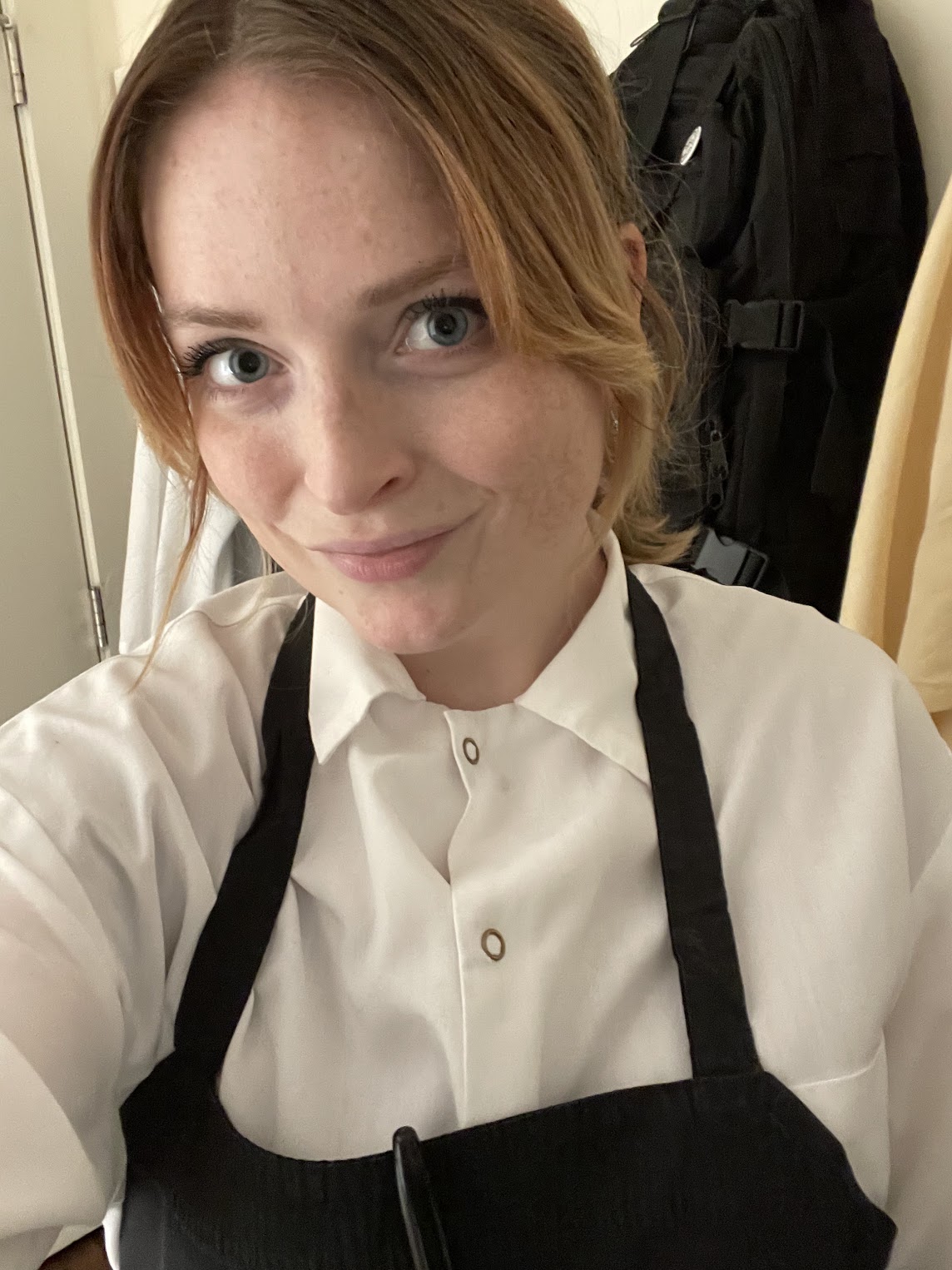
My positions as both garde manger and pâtissier have taught me some really cool skills. It’s a restaurant that honors the seasons by changing the menu based on the micro-seasons. In other words, I make a completely new set of dishes every three to four weeks. I keep thinking about how I love feeling so in touch with the region where the food grows, and it’s helpful to me as a writer who likes to write about food, but this is also just so practically useful. Everything I learn on the job is something I find useful in my everyday life at home. I wish everyone had the opportunity to either cook professionally or be educated by those who do, so here are some cooking hacks I’ve learned as a chef:
1. Always put a wet cloth between you and the onion you’re cutting.
I didn’t believe it until I tried it, but if you place a wet cloth between you and an onion, you won’t cry when you cut it. The compounds in onions are released when you cut into it, exposing them, and they attach to whatever else has moisture. Generally, the wettest thing near them will be your eyes, so they attach to the nerves in there and irritate them. If you put something that’s more wet between you and those compounds though, that’s what they’ll attach to instead. You won’t feel anything. You can use a wet towel or dishrag, and simply make sure it’s closer to the onion than you are. It’s foolproof.
2. Make a claw when you use a knife, to avoid injuries.
This may feel unnatural, but with the hand you use to hold whatever it is you’re cutting, make a claw. Use your fingertips and heel of your hand to anchor the item, and your knuckles to anchor the knife. Make sure your knuckles are closer to the knife than your fingertips, and it will keep you from cutting yourself. It both acts as a shield and a way to more steadily slice things.
3. Basil needs to be aerated to stay fresh.
When you cut greens and herbs, it’s often recommended to keep them in airtight containers with damp cloths. While this is true (another cooking hack to keep in mind), basil is different. It saves best when there is room to breathe. The best way to keep it, is to keep it in a closed bag with plenty of air. In other words, get a bag that’s too big for the amount of basil you’re storing, put in the basil, and tie a knot at the top, rather than pulling it tight to make it smaller. Toss the basil around every day to keep it perky, and it lasts a lot longer.
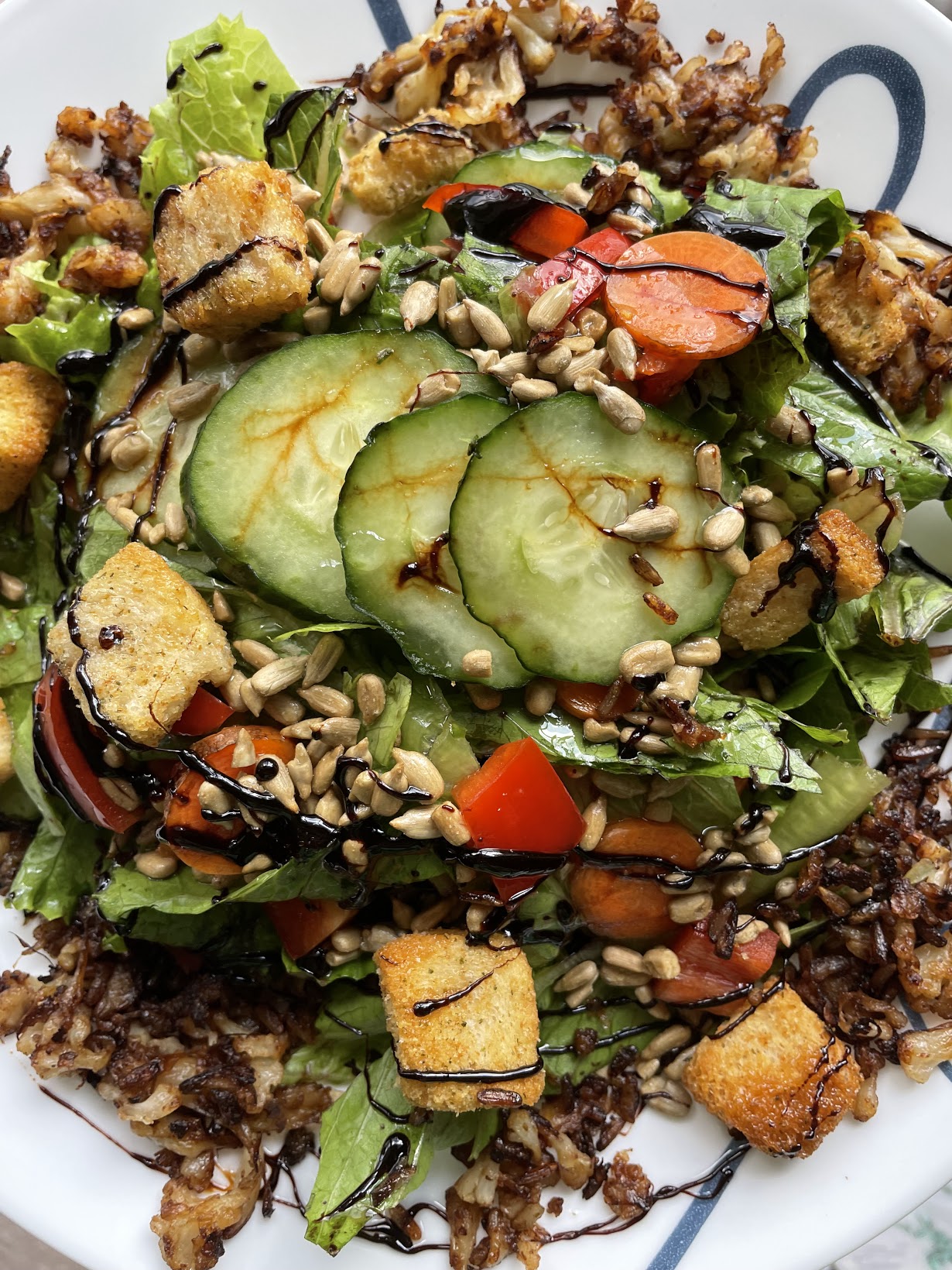
4. To eat fresh produce all year from your local area, freeze it when it’s in season.
Every time you go to a farmer’s market, get enough for two servings if you can- one for now, and one for later. A great thing to do is to use fresh vegetables to make a soup starter. It will save for a year in the freezer, and it’s a healthy way to still cook with fresh produce in the dead of winter.
5. Keep your cutting board from slipping by placing wet towels under it.
Who knew that water could keep something from being slippery? Put one damp towel on the left, and one on the right, and put your cutting board on top. It will keep it from moving as you use it to cut.
6. There is a proper way to hold a knife, and it’s with a pinch.
What you want to do is hold the handle close to where the blade begins. Then, take your pointer finger and thumb, and pinch where the metal is (avoiding the edge of the blade, obviously). Do this by curling your pointer, and putting the side of it against the blade, and pressing your thumb to it from the other side of the knife. This is the most stable way to handle it, and it allows for full wrist motion when cutting.
7. Salt accentuates flavors, but so does acid.
Salt brings out flavors, but a more effective way to do it is to use just a pinch of salt and a lot of something acidic. At the restaurant, we add acid to pretty much every dish. Lemon juice, citrus zest, apple cider vinegar, sherry, orange juice, lime juice, and balsamic vinegar are what we use most of. They’re bright, and don’t distract from the other profiles (with the balsamic, we tend to reduce it so it is less sharp). Love tomato soup? Try adding a squirt of lemon juice to it. Adore pizza? Drizzle on some balsamic. Making a salad? Mix some apple cider vinegar into the dressing. It’s a flavor explosion.
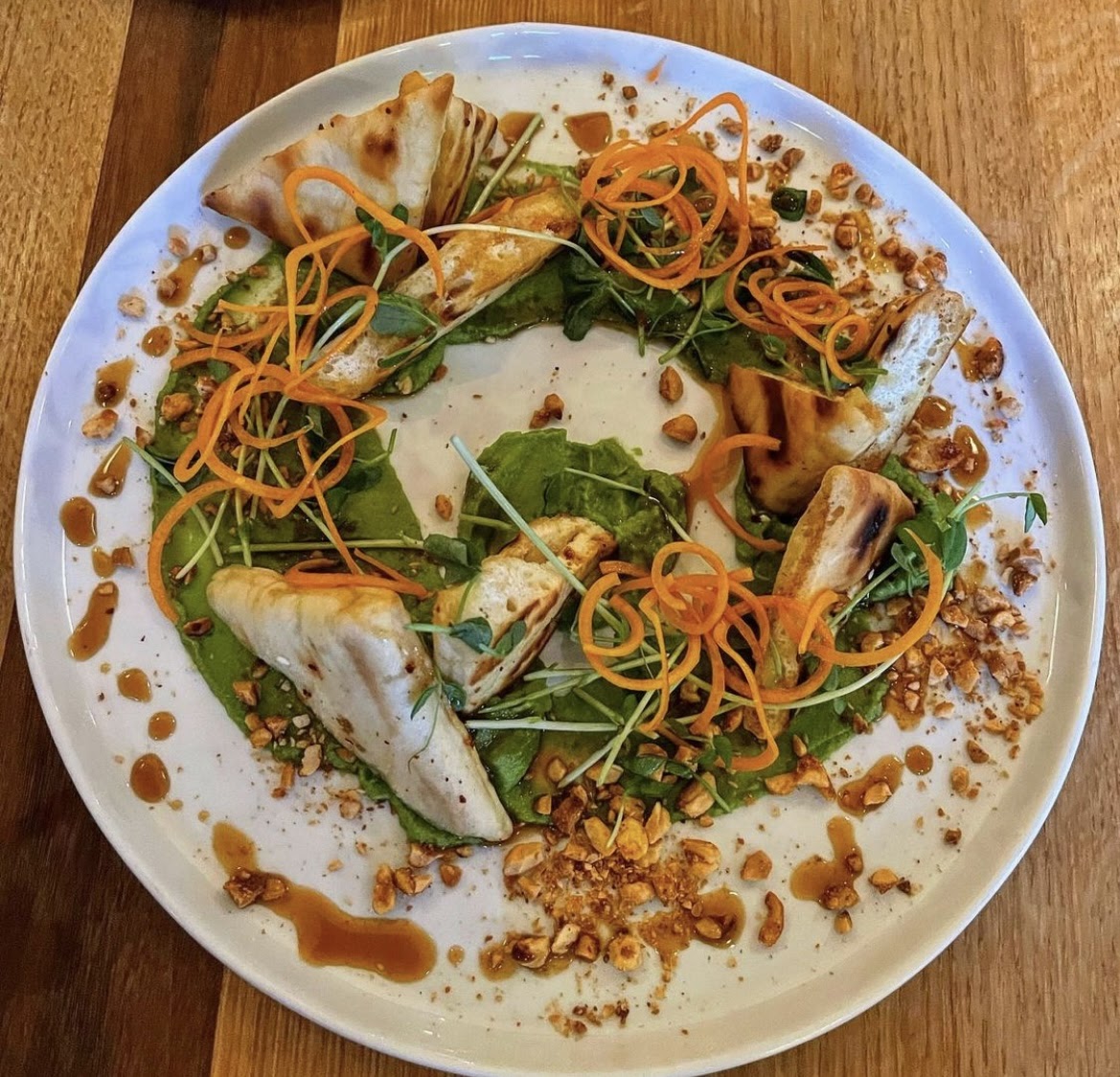
8. Mise en place keeps cooking stress-free.
This basically is a french term for having everything in its place. In other words, before you start cooking, prep everything. Have your veggies sliced, your sauces out, and your space clean. This allows you to just focus on the creative process of cooking. It’s an art, so just like a painter pours their paint onto a palette before they begin, you deserve the same kind of distraction-free artistic space.
9. Cover your sauces to keep them fresh.
Lids still allow for air and bacteria to get in. At the end of use, take off the cap, put a little food wrap on the opening, put the cap back on and close the lid. It makes them save for much longer. It also helps to consolidate, and using smaller containers for things as you use them up. It allows for less air.
10. Turn your oven into a sauna for the best bread-proofing.
Depending on the temperature and altitude of where you live, bread might not always proof ideally for you. A great bread-baking hack is to place your dough in the oven (don’t turn it on), and place a bowl of hot water beneath it on the bottom of the oven. Close the door, and it creates an ideal atmosphere for a good rise.
11. Smack your herbs to activate the flavors.
This works especially well with mint. Before you use it, place it on your palm and use your other hand to smack it once. This creates fissures and allows the scent and compounds to release, making it more flavorful.
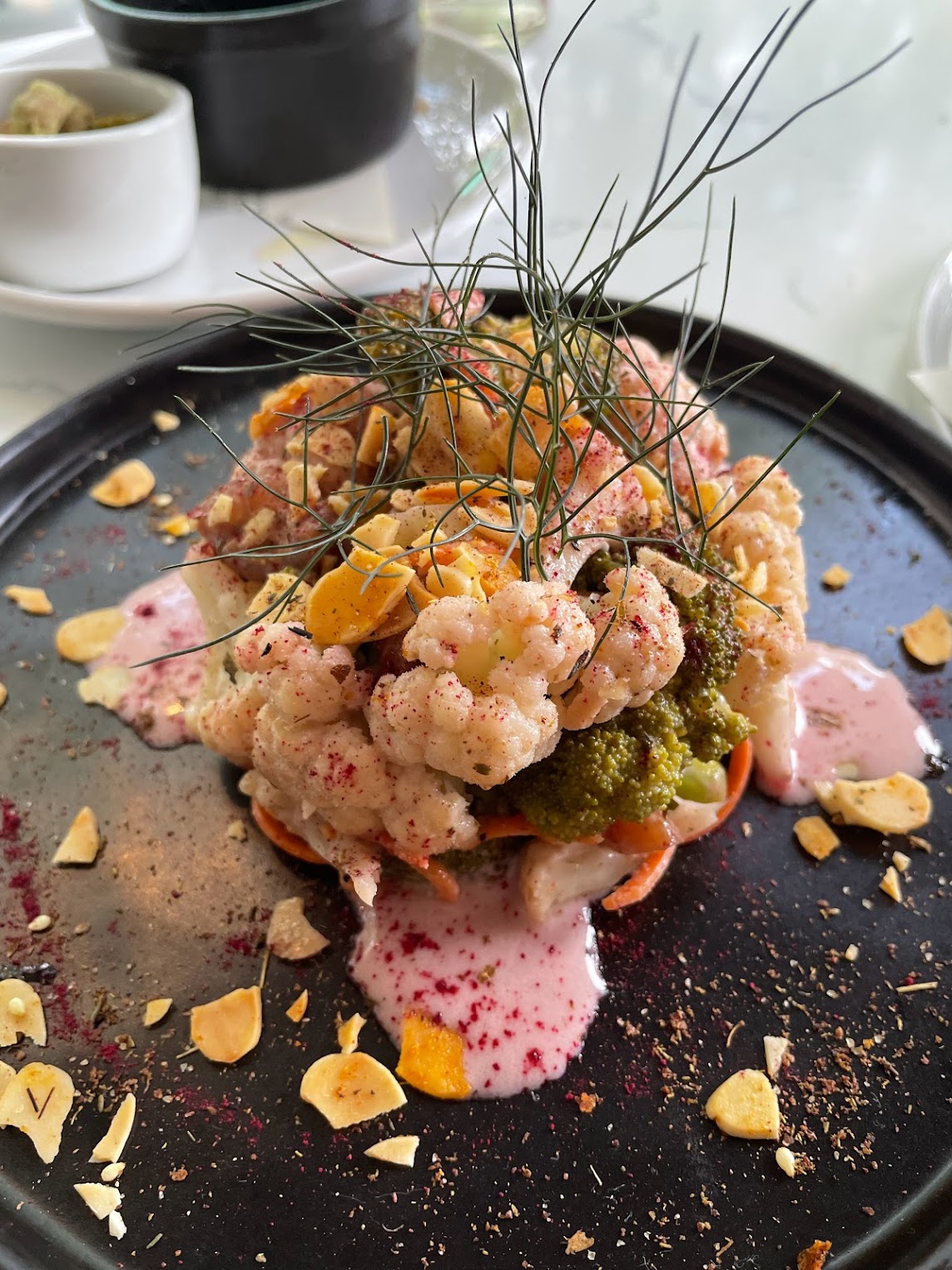
12. If you need to soften vegan butter, cut it into cubes.
If you forgot to take your plant-based butter out of the fridge, there is still hope. Take it out, and slice it into cubes and leave it to rest for 20 minutes on the counter. Smaller portions will soften quicker than one large one.
13. Store your natural nut butters upside down.
This will save you a lot of stirring time. Turn it right-side up before opening it, and you’re good to go.
14. If something is too acidic, add carrots.
Carrots soak up acidity, so if you made something that tastes too sour, toss in a carrot for 5-10 minutes. Discard the carrot or save it for something else, and your dish is saved.
15. If something is too salty, add apples or potatoes.
These things soak up salt, so if you have added too much salt, add a few slices of apples or potato wedges. Wait ten minutes, and then remove them. It’s never failed me.
16. If they grow together, they go together.
If you’re trying to decide if certain flavor profiles will work together, think of the land they’re from. There’s a reason that cranberries and potatoes go so well together, and cumin and chickpeas make a flawless curry. Pick an ingredient, and pick other ingredients that grow near it to go in your dish.
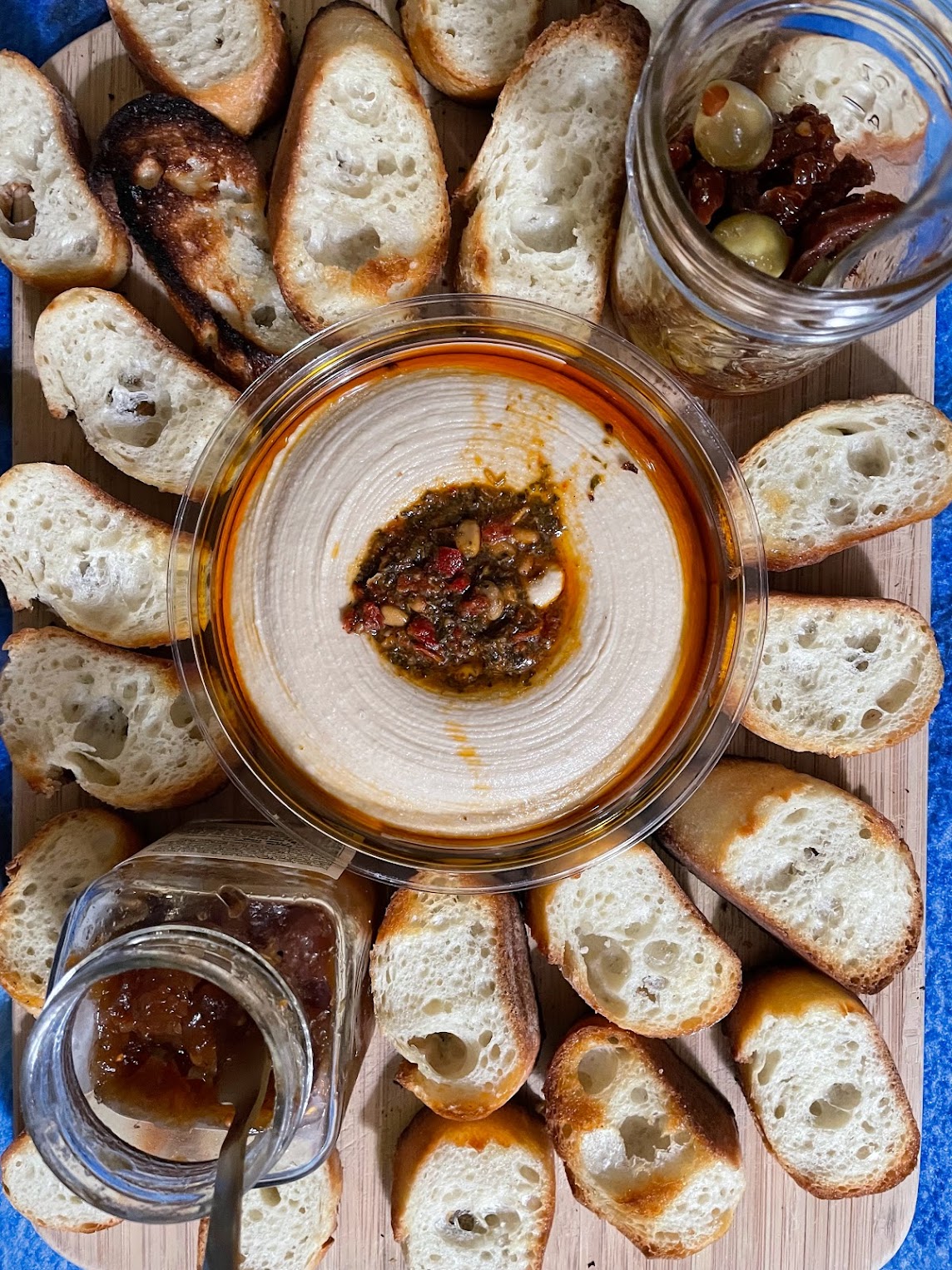
17. Use olive oil as a condiment and for quick warming, and neutral oils for cooking.
Olive oil is flavorful, rich, and doesn’t do well with high temperatures. Use it like you would a sauce, or to drizzle on breads before warming. Use vegetable oils with high flash points for cooking and frying.
18. Always taste as you go.
This is a way you can see what something needs more of or less of. It also allows for no surprises (something that’s key as a chef cooking for customers). Have some spoons beside you for this as you cook, and don’t be afraid to taste.
19. If a knife falls, don’t catch it.
They say a falling knife has no handle, and it’s true. Don’t risk injury by reaching for it, even if your instinct is to grab it as it slips. Put your hands up and step back. Let it fall. It will be fine, but your hands won’t if you touch its whirling blade.
20. When plating, avoid even numbers.
If you want to make your food pretty, or you’re entertaining, avoid even numbers. In other words, don’t put four tomatoes on a plate. Put three or five. Nature loves odd numbers, so it will look more natural and artistic if you avoid stringent patterns and even numbers. The best advice for plating I’ve gotten is to make my dishes look “plentiful”, my garnishes look “like they’ve fallen from the sky”, and to “stick to odd numbers”. Listening to those tips have helped me make the most beautiful plates of my life. Try it, if the culinary art side of cooking is your thing.
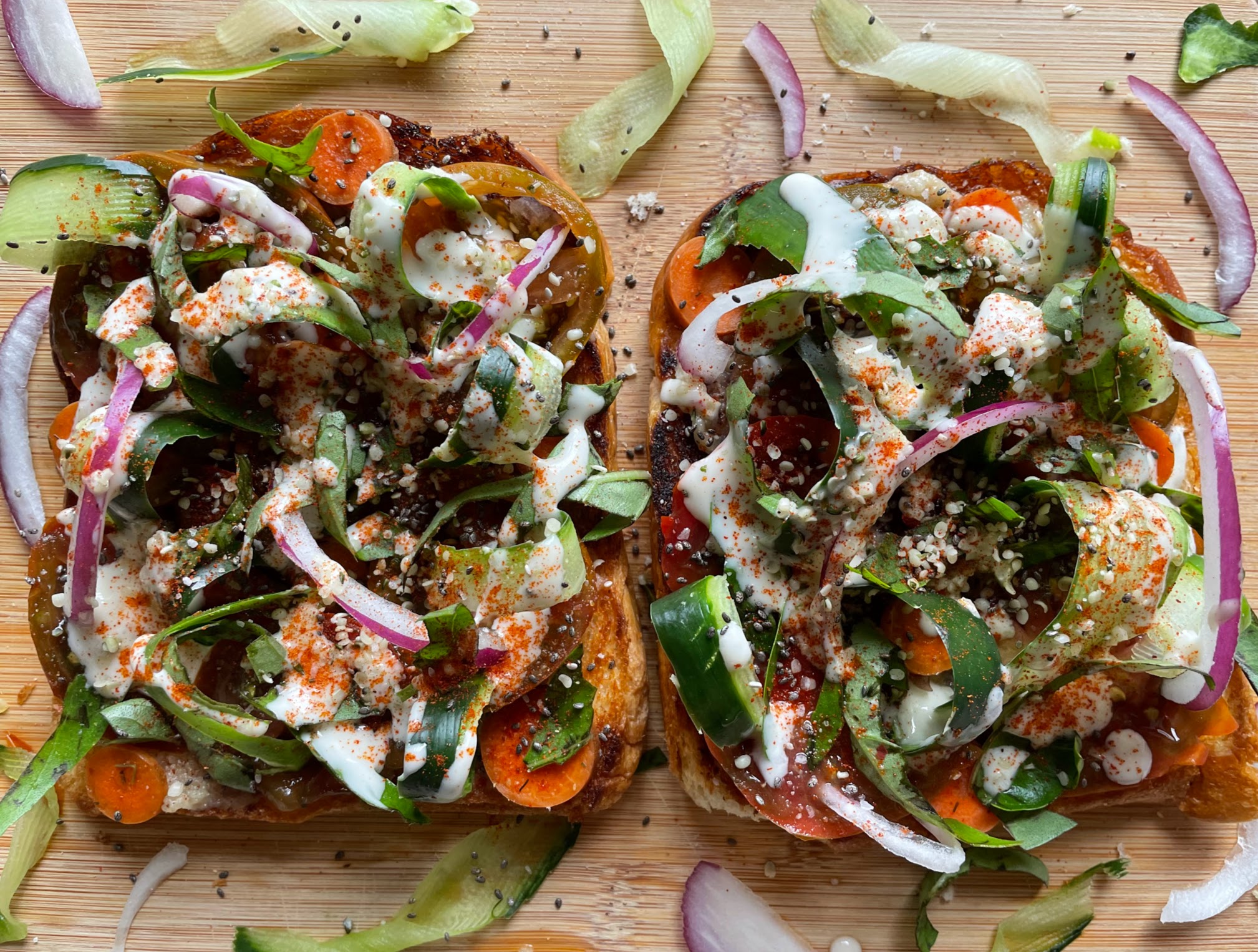
Get more like this—Sign up for our daily inspirational newsletter for exclusive content!
__
Photo: Emily Iris Degn




